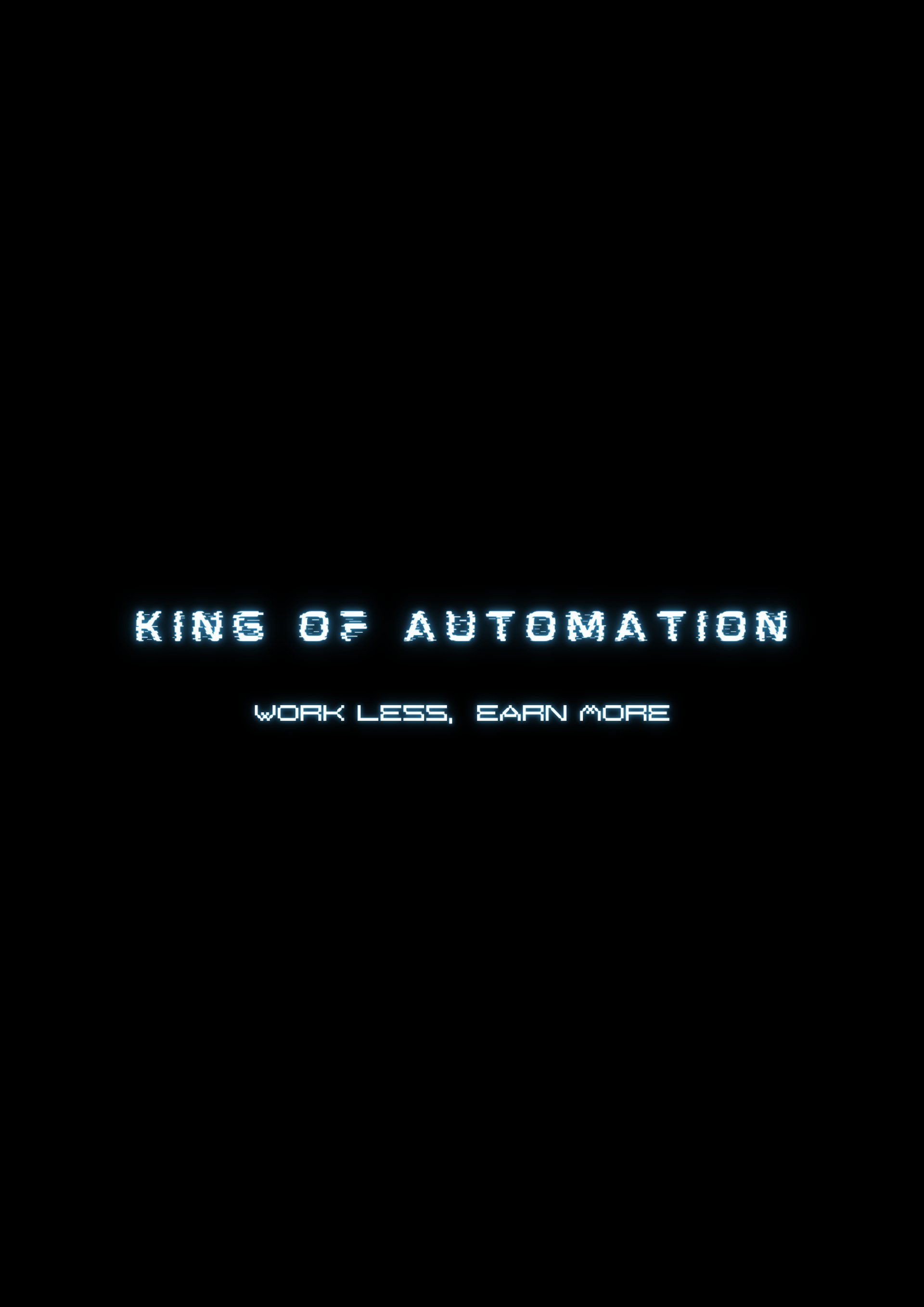WELCOME TO THE FUTURE
The Brutal Truth About Prompt Engineering: Why Your AI Automation Isn’t Delivering Real ROI
AI TUTORIALS
Lilo
5/25/2025

Most AI Automation Fails for One Simple Reason—And It’s Not the Tech Stack
Let’s cut through the noise. AI is everywhere, but the gap between a flashy demo and a system that actually improves KPIs is a chasm most never cross. What separates a real AI automation specialist from the crowd isn’t just knowing which tools to wire together—it’s the relentless, obsessive pursuit of prompt engineering mastery. This isn’t theory. It’s the difference between automation that quietly bleeds opportunity and automation that prints ROI.
Why Prompt Engineering Is the Real Battleground for AI Automation
Anyone with a pulse and a YouTube account can spin up an “AI workflow” today. APIs, no-code platforms, and models are abundant. The technical barrier has fallen. But there’s a reason so many automations quietly underperform, spitting out inconsistent results and hallucinating at the worst possible moments. The core issue? Most builders treat prompts as an afterthought—a line or two dumped into a field and forgotten.
I’ve seen automations set up in hours, only to spend hundreds more refining prompts. Why? Because in practice, the difference between a system that works “on paper” and one that delivers every time comes down to how deeply you understand and engineer your prompts. When you run a system 1,000 times, the cracks show. The output wobbles. Hallucinations creep in. Suddenly, the quick wins evaporate.
Consistency Over Hype: The Relentless Testing Nobody Wants to Talk About
There’s a dirty secret in the world of AI automations: one-shot prompts—the holy grail where a single instruction yields perfect results—are rare, fragile, and unforgiving. Most people never realize this because they don’t test at scale. They ship an automation, run it a few times, and call it “done.” But if they ran it 100 or 1,000 times like I do, the inconsistencies would be glaring.
I remember a client who wanted automated content summaries for their daily market reports. The initial prompt worked on five samples. But run it across a month’s worth of real data? Suddenly, half the summaries were off-topic or hallucinated details. The fix wasn’t a new tool—it was digging into the prompt, tweaking temperatures, adjusting parameters, and iterating over and over until it performed at scale. That’s where the real work—and the real satisfaction—lives.
Mastering the Nuances: Why Chasing the Latest Model Won’t Save You
Here’s an uncomfortable truth: the “smartest” large language model might still underperform on a specific task compared to a less-hyped competitor. Blindly switching models based on what’s trending is a rookie move. Every model has its quirks—its strengths, its blind spots. True specialists dive deep, running experiments, measuring how each model responds to the same prompt, and understanding the subtle differences that surface only after thousands of iterations.
This isn’t something you can fake or shortcut. It requires firsthand experience—and a willingness to get your hands dirty. When I build, I obsess over every variable: temperature, top_p, frequency penalties. These aren’t just knobs to fiddle with—they’re the dials that determine whether your automation becomes an asset or a liability.
Featured Snippet: What Is Prompt Engineering in AI Automation?
Prompt engineering is the art and science of crafting, testing, and refining instructions for AI models to ensure consistent, high-quality outputs. It goes beyond writing good instructions—it involves systematic experimentation, parameter tuning, and adapting to the unique behavior of each model. Mastery in prompt engineering is what enables AI automation to deliver reliable business results at scale.
How to Build AI Automations That Actually Move the Needle
If you want your automations to survive contact with reality—and not just look good in a sandbox—here’s what you need to do:
Test at scale: Run your automations hundreds or thousands of times. True reliability emerges under stress, not in isolated cases.
Master your parameters: Experiment with temperature, top_p, and other model settings. Small changes can radically alter output quality.
Choose models based on task fit: Don’t chase headlines—measure real-world performance for your specific use case.
Iterate relentlessly: Treat every prompt as a living thing. Refine, retest, and reimagine until it delivers precisely what your business needs.
The most valuable automations in my arsenal aren’t the ones that were built fastest—they’re the ones I obsessed over, pushed to the breaking point, and rebuilt until they were bulletproof. That’s how you create leverage. That’s how you reclaim time and trust your systems to deliver, every single day.
Final Thought: The Human Edge in a World of Machines
There’s an old saying: “Amateurs talk strategy. Professionals talk logistics.” In AI automation, the pros talk prompts. Anyone can wire up tools; few can engineer automations that stand the test of real-world chaos. The edge isn’t in piling up more tech—it’s in the unglamorous, patient work of prompt engineering. Nail this, and you’ll find yourself in control of systems that actually deliver freedom, not more headaches.
If you’re tired of automations that crumble under pressure and want to build systems that actually deliver measurable business value, let's talk. Book a consultation and discover what happens when you put real prompt engineering behind your AI initiatives.
Contact us
Whether you have a request, a query, or want to work with us, use the form below to get in touch

© Copyright King of Automation 2024. All Rights Reserved.


